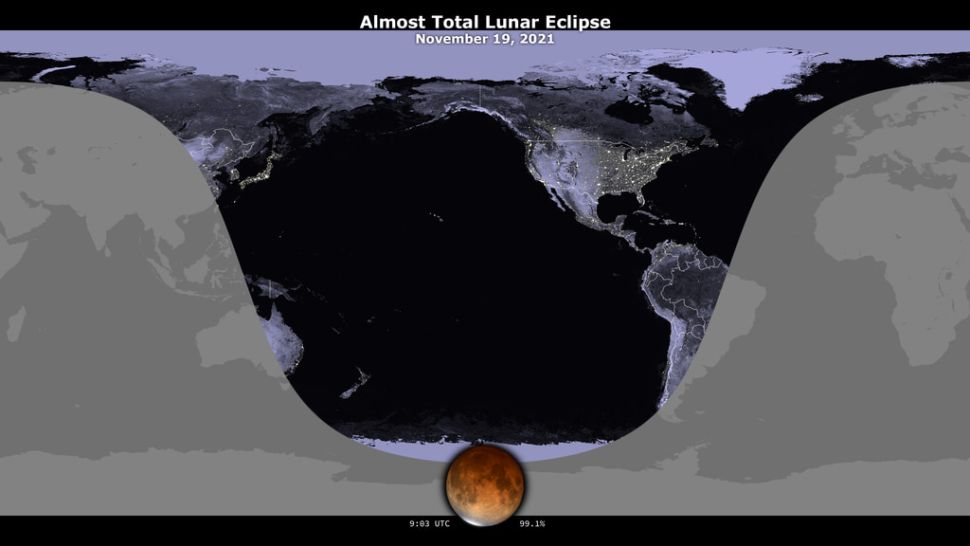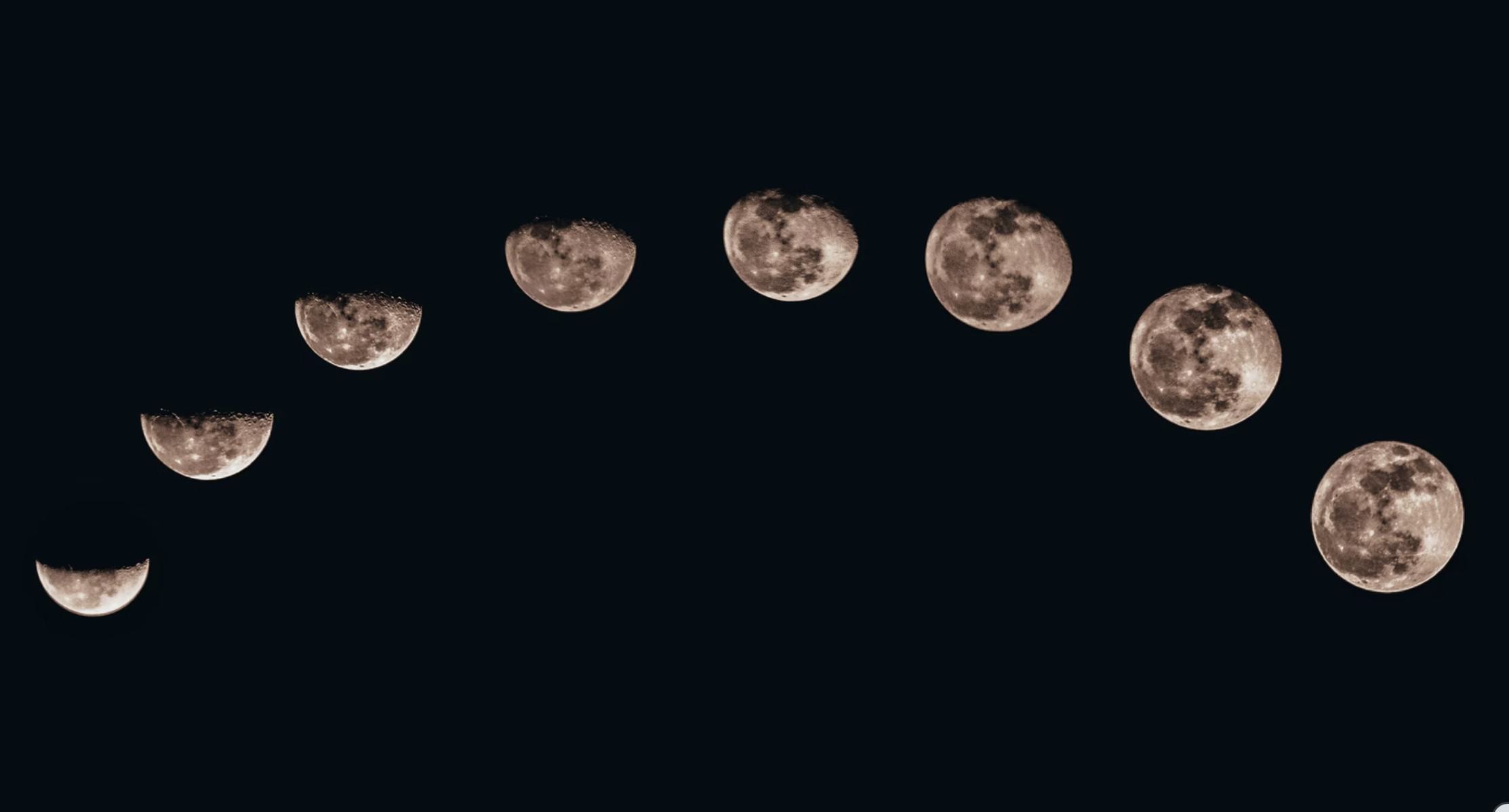By Erica Thomas, Managing Editor
The longest partial lunar eclipse in 580 years will occur early on Friday, Nov. 19. The Beaver Moon partial lunar eclipse will be visible to most people in North America just before daybreak.
It will peak for three and a half hours, according to space.com. Although it is a partial eclipse, experts said it will be “near to total,” with 97.4% coverage of the moon.
The entire eclipse will last over six hours. This will be the second lunar eclipse this year.

The following information was provided by space.com on the five phases of the eclipse:
Phase 1: "Moon enters penumbra" is when the moon's leading edge enters the pale outer fringe of Earth's shadow: the penumbra. But the shadow is so weak that most people won't see anything of the penumbra until about 70% of the moon's diameter is inside of it. Watch for a slight darkening to become apparent on the moon's celestial southeast (lower left) side. The penumbral shading gradually becomes more evident as the moon moves deeper in.
Phase 2: "Moon enters umbra" marks the beginning of the partial eclipse. This will be a much more obvious and dramatic sight as the moon's leading-edge slips into the umbra, where no direct sunlight reaches. With a telescope, watch as the umbra's edge engulfs various lunar features such as craters, mountains and valleys.
And as the moon wanes to a crescent, be sure to take a look around the sky. Before the eclipse began, the sky was bright; the moon acting like a spotlight obliterating all but the brightest stars. But as the moon becomes more and more diminished, you'll begin seeing more and more of the fainter stars. At maximum eclipse, the moon could appear nearly 10,000 times dimmer than before the eclipse began. One object that will certainly stand out during the darkest phase of the eclipse will be the famous Pleiades star cluster which will be positioned about a half dozen degrees above and slightly to the right of the moon.
Phase 3: "Maximum eclipse" will be when just a final bright arc remains on the moon's lower rim, while the rest of the moon is showing a foreboding reddish glow. This ruddy coloration shining onto the moon is sunlight that has skimmed and bent through the Earth's atmosphere; the combined light of all the sunrises and sunsets that ring our world at this particular moment. If an astronaut were on the lunar surface. He or she would see the sun hidden behind a dark Earth ringed with a thin, brilliant band of reddish or orange-yellow light. If our hypothetical astronaut were located on the moon's southernmost regions, however, a narrow edge of the sun would be evident along the dark edge of the Earth. At this time, 97.4% of the moon will be immersed in the Earth's dark shadow.
Phase 4: "Moon leaves umbra." After the partial eclipse attains its maximum and as the moon continues eastward along its orbit, events replay in reverse sequence.
Phase 5: "Moon leaves penumbra." When the last scallop of the Earth's umbra exits the moon's disk, only the last, penumbral shading is left. By about 25 minutes later, nothing unusual remains at all and our November full moon appears as bright as ever.
If it's cloudy, North Americans won't have to wait long for more lunar eclipses. In 2022 there will be two total eclipses, the first coming on May 15-16 and the second occurring on Nov. 8. Both will be visible across much of North America, with the first coming during "prime-time" evening-to-midnight hours, while the second takes place (again) during the early hours of the morning; moonset and sunrise will interrupt the latter stages for those living in the East. Interestingly, in both cases the duration of totality will be the same, lasting 85 minutes.











